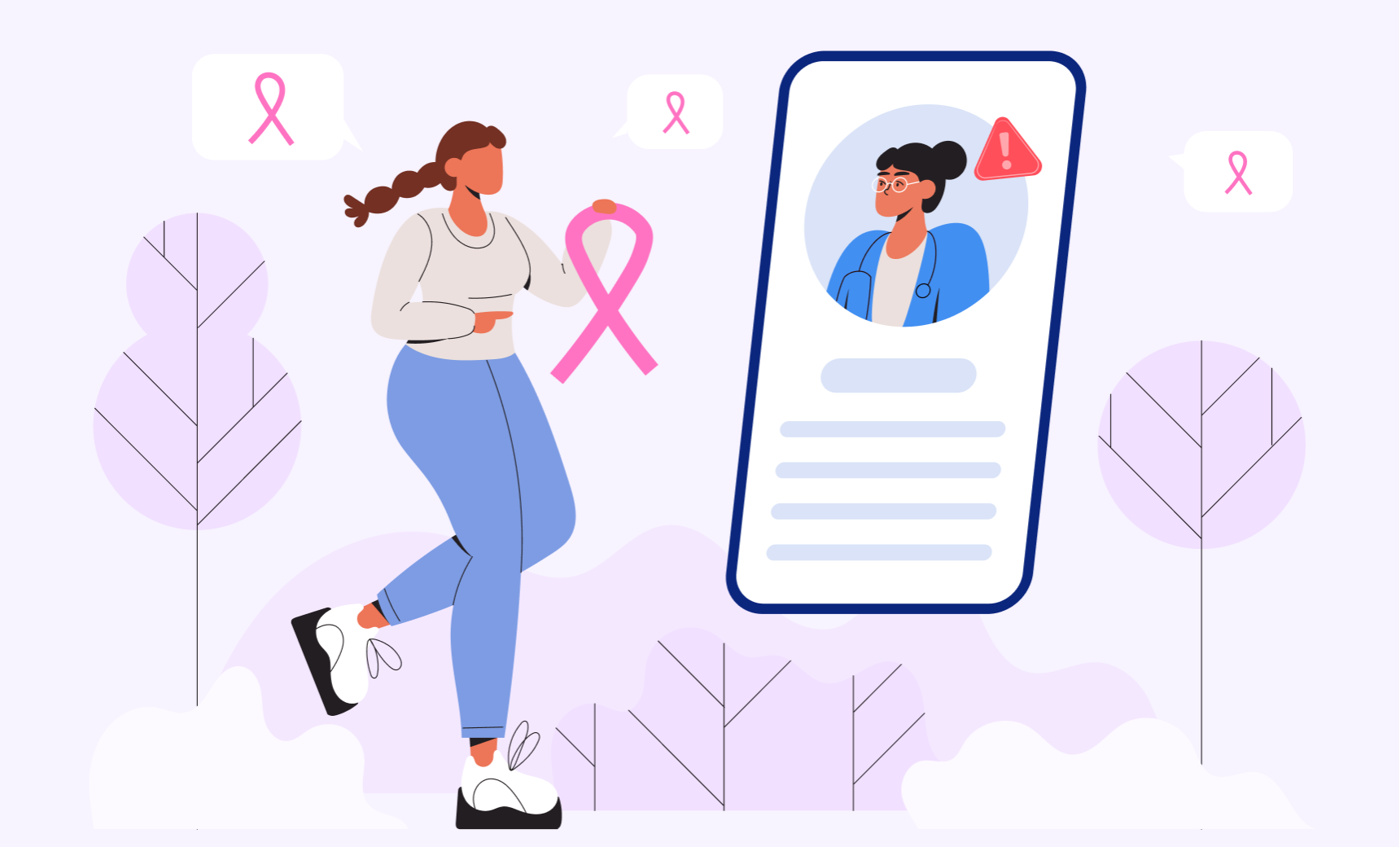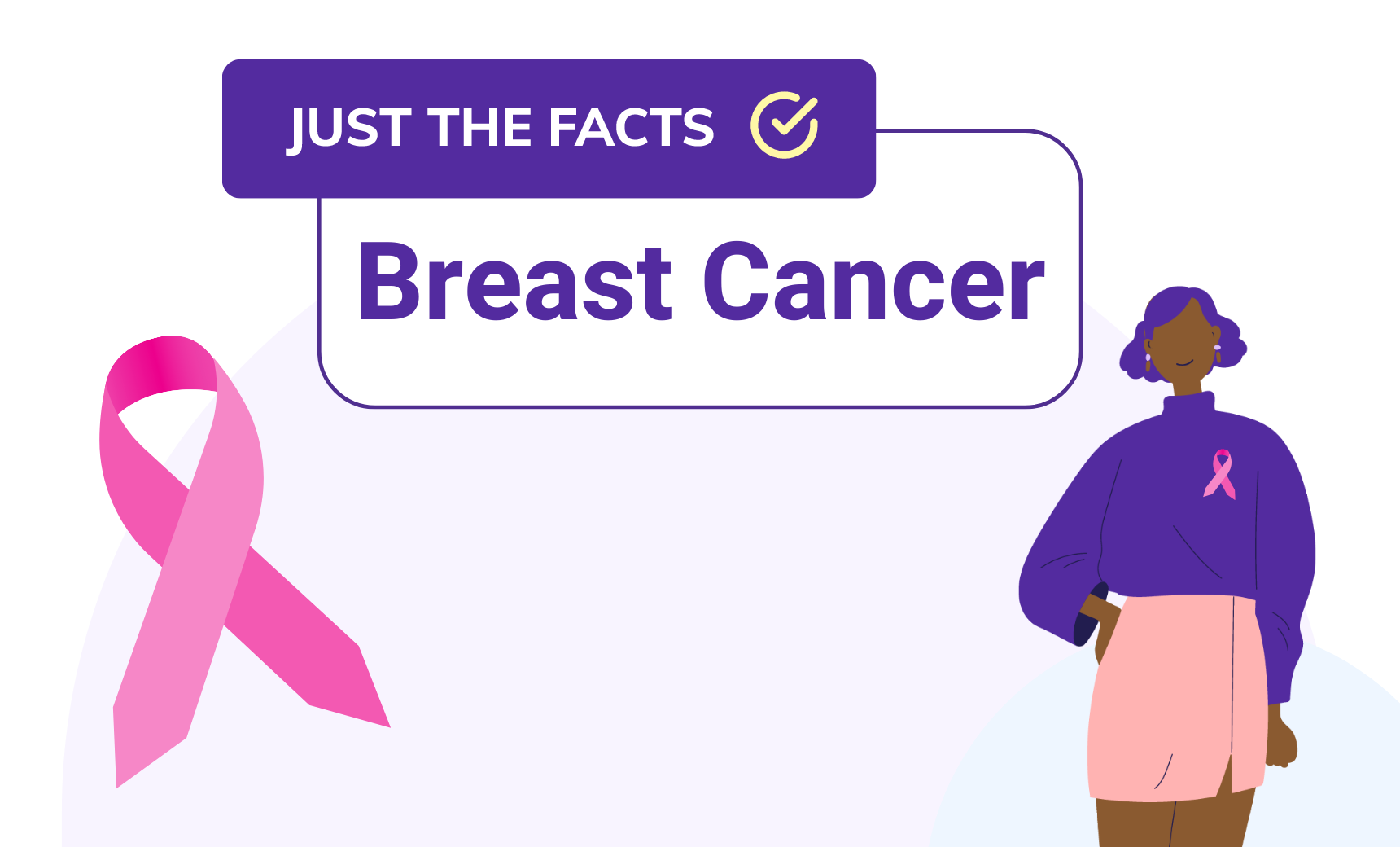
Breast Self-Exam Tips
Performing a breast self-exam (BSE) is a useful tool for detecting breast abnormalities, such as cancer, at an earlier, more curable stage.
What is a breast self-exam (BSE)?
A breast self-exam (BSE) is a simple, regular check that people, usually women, do on their own breasts to look for any lumps, changes, or other problems that don’t seem right. It means using your hands to check for lumps, growth, or changes in texture or shape that could mean something is wrong. BSEs should be done once a month because they are an important part of finding breast cancer early. If you find anything that worries you during a self-exam, you should talk to a doctor or nurse to get more information and advice.
How to perform a BSE
Checking your own breasts for any unusual changes is what a breast self-exam is all about. To do this, look at your breasts in the mirror and see if the size, shape, or appearance of the skin has changed. Look for similar changes when you raise your arms.
Next, lay down and gently feel each breast and the area around them in a circle with your fingers. Look for any lumps, growth, or other problems. Cover the whole breast, from the top to the bottom and the side to the side. Regular BSE can help find breast problems early on.
When and how often to do a BSE
It is recommended that you do a breast self-exam once a month. It’s best to do it a few days after your period stops, when your breasts are less likely to be swollen or painful, according to many doctors. If you don’t get your periods on time or are past menopause, schedule the check for the same day every month. When you do the same thing every time, you get to know your breast tissue better and can spot changes more easily over time. If you spot any changes that don’t seem normal during a BSE, you should see a doctor right away.
Benefits and limitations of BSE
Benefits:
- Early Detection: BSE helps women get to know their breasts better, which makes it easier to notice changes.
- Empowerment: It allows individuals to take an active role in their breast health.
- Routine Awareness: Regular checks can find lumps or other problems, which could help find cancer early, when it is still manageable.
Limitations:
- False Alarms: Some bumps may be benign; therefore, unnecessary medical examinations might be distressing.
- No Substitute: BSE is not an alternative for clinical tests or scans done by a doctor.
- Ineffectiveness: The use of BSE alone has the potential to miss certain breast tumors. If you need advice about breast health or screening, go to your doctor.
Next Steps:
If you have a lump, discomfort, or changes in texture or form in your breast, you should obtain a mammogram immediately, regardless of age. Mammograms can discover breast cancer early, improving treatment outcomes. If you have concerns, call your doctor for an assessment and to consider a mammogram or other diagnostic testing. Early intervention is essential for health and peace of mind.





LabFinder Editorial Team
The LabFinder Editorial Team is behind The Illuminator and The Insider, LabFinder’s consumer and business blogs.
Dr.Robert Segal
Dr. Segal is CEO and co-founder of LabFinder, as well as a board-certified cardiologist. He began practicing medicine in 2002 and has founded several businesses, including Medical Offices of Manhattan and Manhattan Cardiology.